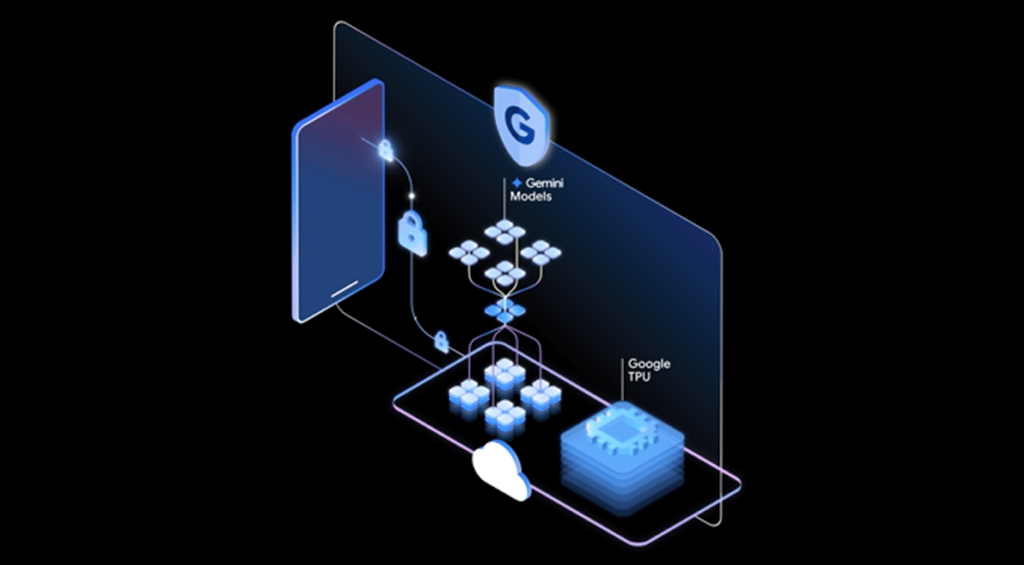Datamation content and product recommendations are
editorially independent. We may make money when you click on links
to our partners.
Learn More
There was a time when Big Data was a meaningless buzzword. Scores of journalists who barely understood what it meant crooned about how valuable it could be for a business. Half-cocked gimmicks and half-baked trends were a dime a dozen.
The hype has long since died down, and that’s a good thing. Because now that we don’t have everyone crowing about buzzwords, we can drill down to the real value of data analytics. And that value is especially pronounced where business continuity is concerned.
At its core, data analytics is all about providing a more complete picture of your business. It’s about understanding how your employees behave in the workplace, how your customers behave when interacting with your brand, and how your systems behave on a regular basis. With the right analytics platform, your business becomes more agile, more flexible, and more knowledgeable.
And by applying data analytics to disaster recovery, you can better predict critical incidents, analyze the effectiveness of your recovery processes, and restore your systems far more quickly than would otherwise be possible. Not only that, you can reduce the cost of backup operations, simplify your data management processes, and improve when and how you backup your data and systems. There’s just one problem – applying big data to business continuity isn’t exactly a simple task.
There are multiple factors you need to account for before you do so.
● Data Hygiene. How organized is your data? Do you know where everything is stored, how it’s accessed, and how it’s used? If you were to be audited under a regulation such as GDPR, would you be fined for how you manage things?
● Analytics Tools. Not all data analytics platforms are created equal. Seek an option which supports predictive analysis, and one which will integrate well into your current systems and strategies.
● IT Environment. Has your organization started using IoT devices? What about cloud computing? Both of these technologies can be used to great effect when incorporating analytics into your disaster recovery processes – the former because of the data it collects, and the latter because of the processing power it provides.
● Existing DR Processes. Big data should not be viewed as a golden goose – it isn’t a panacea for poor disaster recovery. You need to optimize your business continuity plans as much as possible before implementing analytics – you can then use that data to further improve things.
● Storage Space. Ironically, applying big data to disaster recovery can actually create an additional challenge – you’ll likely want to backup your analytics data, after all, and that data takes up a lot of space. You may need to invest in more storage space and a non-traditional database for that.
Disaster recovery and business continuity have come a long way in the last few years. Technologies like big data and cloud computing have changed how businesses protect, secure, and restore their systems and data. You need to tap into those changes – because otherwise, your business continuity plans are nowhere near what they could be.
Tim Mullahy is a Managing Director at Liberty Center One with an extensive career in the information technology and services industry.
-
Huawei’s AI Update: Things Are Moving Faster Than We Think
FEATURE | By Rob Enderle,
December 04, 2020
-
Keeping Machine Learning Algorithms Honest in the ‘Ethics-First’ Era
ARTIFICIAL INTELLIGENCE | By Guest Author,
November 18, 2020
-
Key Trends in Chatbots and RPA
FEATURE | By Guest Author,
November 10, 2020
-
Top 10 AIOps Companies
FEATURE | By Samuel Greengard,
November 05, 2020
-
What is Text Analysis?
ARTIFICIAL INTELLIGENCE | By Guest Author,
November 02, 2020
-
How Intel’s Work With Autonomous Cars Could Redefine General Purpose AI
ARTIFICIAL INTELLIGENCE | By Rob Enderle,
October 29, 2020
-
Dell Technologies World: Weaving Together Human And Machine Interaction For AI And Robotics
ARTIFICIAL INTELLIGENCE | By Rob Enderle,
October 23, 2020
-
The Super Moderator, or How IBM Project Debater Could Save Social Media
FEATURE | By Rob Enderle,
October 16, 2020
-
Top 10 Chatbot Platforms
FEATURE | By Cynthia Harvey,
October 07, 2020
-
Finding a Career Path in AI
ARTIFICIAL INTELLIGENCE | By Guest Author,
October 05, 2020
-
CIOs Discuss the Promise of AI and Data Science
FEATURE | By Guest Author,
September 25, 2020
-
Microsoft Is Building An AI Product That Could Predict The Future
FEATURE | By Rob Enderle,
September 25, 2020
-
Top 10 Machine Learning Companies 2020
FEATURE | By Cynthia Harvey,
September 22, 2020
-
NVIDIA and ARM: Massively Changing The AI Landscape
ARTIFICIAL INTELLIGENCE | By Rob Enderle,
September 18, 2020
-
Continuous Intelligence: Expert Discussion [Video and Podcast]
ARTIFICIAL INTELLIGENCE | By James Maguire,
September 14, 2020
-
Artificial Intelligence: Governance and Ethics [Video]
ARTIFICIAL INTELLIGENCE | By James Maguire,
September 13, 2020
-
IBM Watson At The US Open: Showcasing The Power Of A Mature Enterprise-Class AI
FEATURE | By Rob Enderle,
September 11, 2020
-
Artificial Intelligence: Perception vs. Reality
FEATURE | By James Maguire,
September 09, 2020
-
Anticipating The Coming Wave Of AI Enhanced PCs
FEATURE | By Rob Enderle,
September 05, 2020
-
The Critical Nature Of IBM’s NLP (Natural Language Processing) Effort
ARTIFICIAL INTELLIGENCE | By Rob Enderle,
August 14, 2020
SEE ALL
BIG DATA ARTICLES







